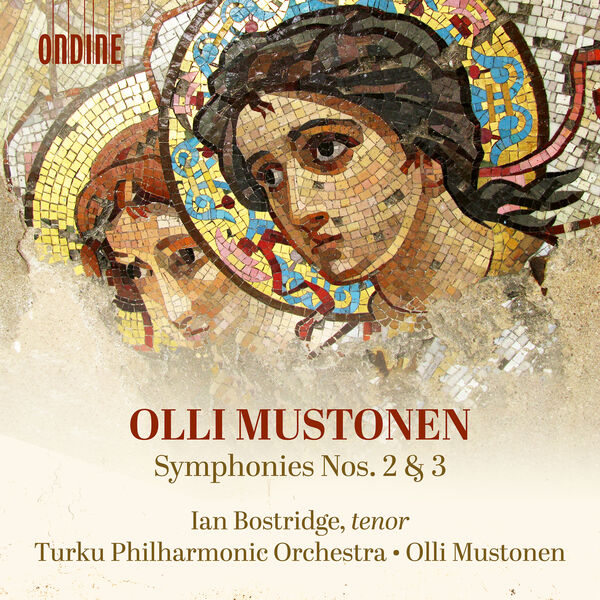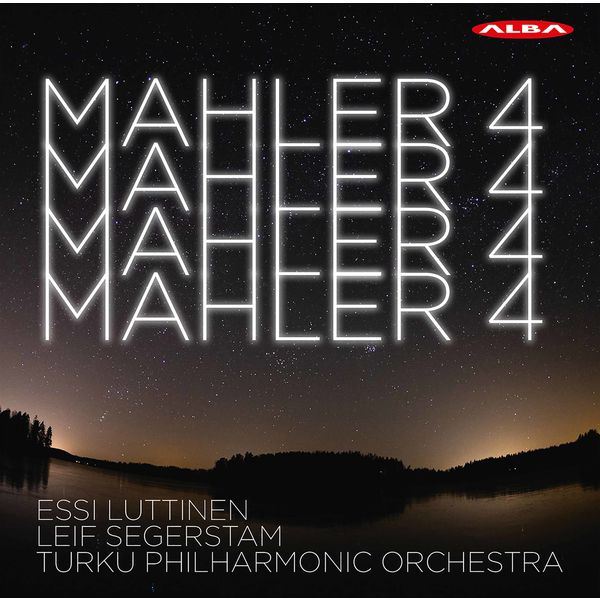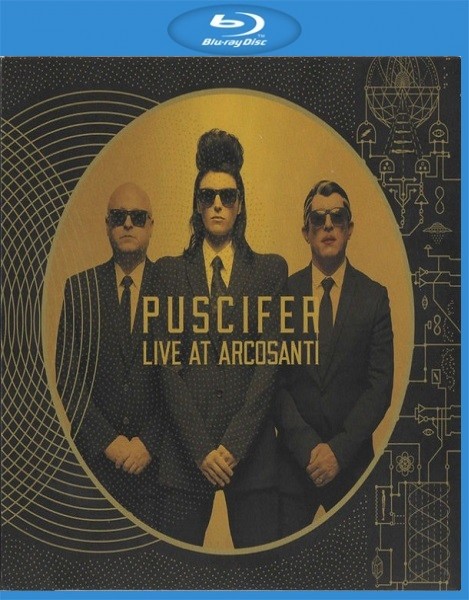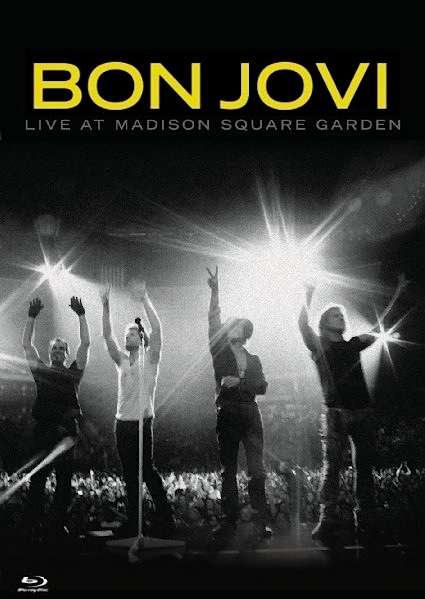
Olli Mustonen, Turku Philharmonic Orchestra & Ian Bostridge – Olli Mustonen: Symphonies Nos. 2 & 3 (2023)
FLAC (tracks) 24 bit/96 kHz | Time – 01:04:29 minutes | 1,09 GB | Genre: Classical
Studio Masters, Official Digital Download | Front Cover | © Ondine
Composing has always formed an integral part of the artistic life of pianist-conductor Olli Mustonen (b. 1967) and he first emerged as a symphonist in the early 2010s. This album by the Turku Philharmonic Orchestra with Olli Mustonen conducting contains two of his most latest symphonies, both dramatic works firmly rooted and continuing the tradition of the great classical composers. Seeking inspiration from multiple sources, the theme of Mustonen’s 2nd Symphony, ‘Johannes Angelos’ (2013), is the ancient city of Constantinople and its mysticism. Mustonen’s 3rd Symphony, ‘Taivaanvalot’ (Heavenly Lights) (2020) is based on a section in the Finnish national epic Kalevala and inspired by the cosmic and shamanistic elements in Finnish mythology. In this recording, the solo part is being sung by internationally acclaimed tenor Ian Bostridge.
Read more
Turku Philharmonic Orchestra, Leif Segerstam – Mahler: Symphony No. 4 in G Major (2020)
FLAC (tracks) 24 bit/96 kHz | Time – 01:01:38 minutes | 984 MB | Genre: Classical
Studio Masters, Official Digital Download | Front Cover | © Alba
The ten symphonies of Gustav Mahler (1860-1911) have sometimes been likened to a great autobiographical novel, each symphony constituting a chapter in itself while at the same time being an integral part of an unfolding narrative. Within this narrative flow, the fourth symphony (1899-1900) represents a magical pool of tranquility. Mahler drew on various sources in his symphony, one of them being Das himmlische Leben (1892). He originally intended this to be an independent song, but then had ideas of making it the finale of his giant third symphony before ultimately transferring it to his fourth. The song is a naïve vision of the joys of heaven seen through the eyes of a child; the symphony is, as a result, Mahlers most optimistic and relaxed. True, it does have some more shadowy moments, but they do not make the heart bleed or seriously disturb the overall mood.
Read more
Turku Philharmonic Orchestra & Leif Segerstam – Beethoven: König Stephan & Other Choral Works (2020)
FLAC (tracks) 24 bit/96 kHz | Time – 01:13:56 minutes | 1,21 GB | Genre: Classical
Studio Masters, Official Digital Download | Front Cover | © Naxos
Aside from his only opera Fidelio, Beethoven’s general link with the theatre in Vienna came about largely with incidental music or songs to be inserted into the works of other composers – insertion arias. König Stephan was written to celebrate the politically significant opening of a new theatre in Pest, its triumphant mood honouring the ruling Austrian Emperor. Standard-bearer of female heroism Leonore Prohaska is commemorated with a Soldier’s Chorus and a Romance with harp accompaniment. In Friedrich von Matthisson’s poem Opferlied (‘Sacrificial Song’), a young man prays to Zeus to bestow upon him beauty and goodness in youth and old age. Two of Beethoven’s four settings are heard on this wide-ranging programme.
Read more
Turku Philharmonic Orchestra, Erkki Lasonpalo, Eva Ollikainen – Kalevi Aho: Timpani & Piano Concertos (2018)
FLAC (tracks) 24 bit/96 kHz | Time – 01:00:17 minutes | 1006 MB | Genre: Classical
Studio Masters, Official Digital Download | Front Cover | © BIS
There exist concertos for more or less all instruments, although those for solo timpani are among the rarest, and almost all of them were written in the 20th and 21st centuries. So the Timpani Concerto by Finnish composer Kalevi Aho (born 1949), a follower of Rautavaara and Boris Blacher, adds a welcome stone to the repertoire. Note that the work is performed here by the solo timpanist of the Turku Philharmonic Orchestra, Ari-Pekka Mäenpää. He uses five different timpanies, giving himself a range of around two octaves;as each timpani can – thanks to the pedal – cover a chromatic sixth interval. Far from limiting himself to the timpani’s rhythmical aspect, Aho gives full rein to its many melodic possibilities, and the many different shades and tones that the timpani offers. In the second part of the album, we can discover the First Piano Concerto by the same Aho, written in 1988 – let the listener be the judge of the evolution or revolution in the composer’s language. It is true that at points the concerto evokes Messiaen’s influence, and also the influence of Bartók – all in an energetic, modern and very lively language, which is based (according to the notes) on a complex numerology, which it isn’t necessary to understand – let’s say that it’s a personal specification of the writer’s – to enjoy the beauty and the joy in the work. Moreover, Aho doesn’t reject consonant harmonic minglings, or tonalities; his discourse is anything but serialist or inflexible. Might the final movement be an ornithological homage to Messiaen?
Read more
Turku Philharmonic Orchestra & Leif Segerstam – Beethoven: Cantatas (2020)
FLAC (tracks) 24 bit/96 kHz | Time – 01:12:40 minutes | 1,21 GB | Genre: Classical
Studio Masters, Official Digital Download | Front Cover | © Naxos
By the time of Emperor Joseph II’s death in 1790 Beethoven was a member of the court musical establishment in Bonn. To mark the occasion, Beethoven was commissioned to write two cantatas, one to mourn Joseph’s death and the other to celebrate the accession to the throne of Emperor Leopold II. Although Beethoven was only 19 years old at the time, both works show the embryonic marks of his greatness: intense expression and control of structure in one, and an almost operatic panache in the other. Neither piece was performed during Beethoven’s lifetime.
Read more




